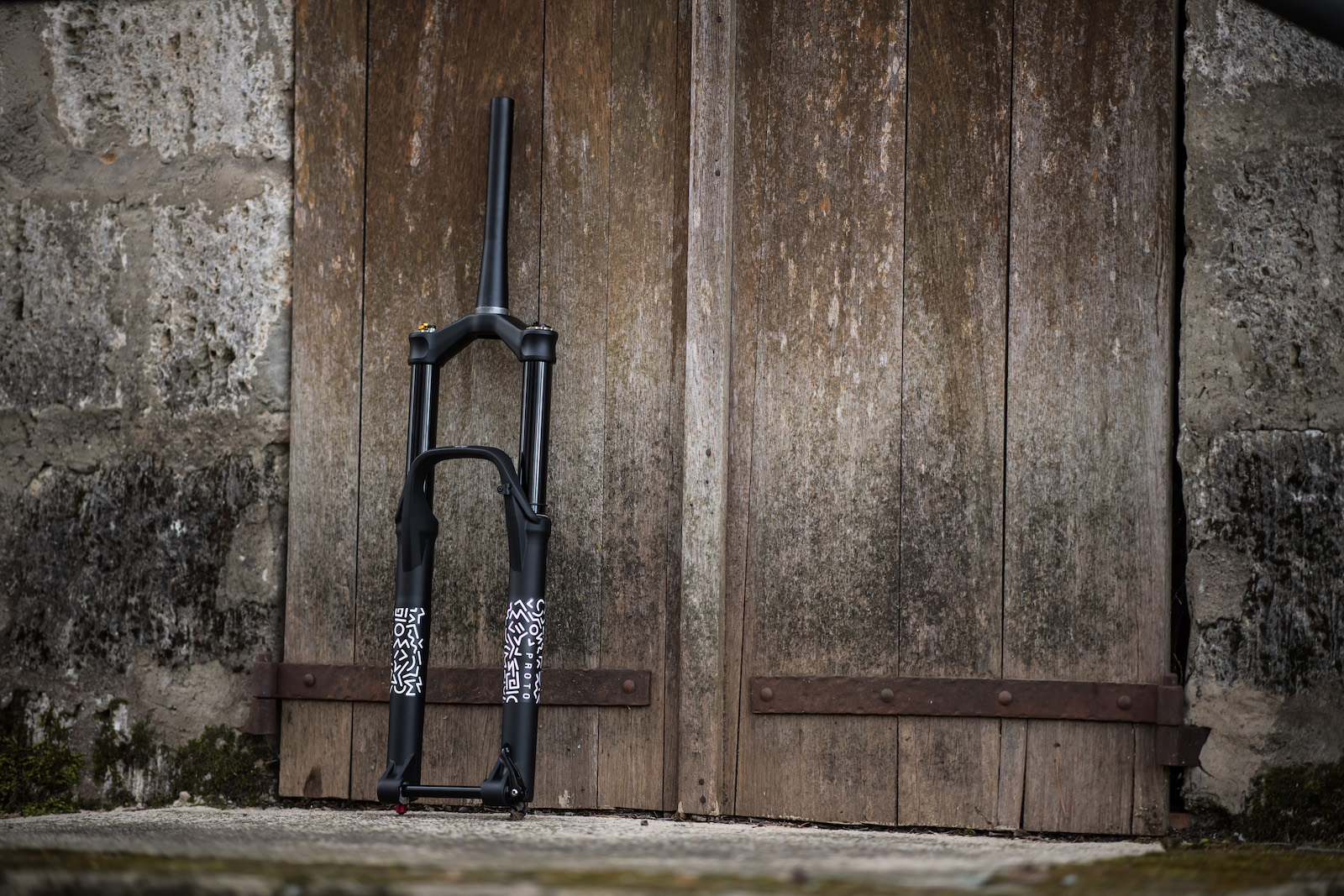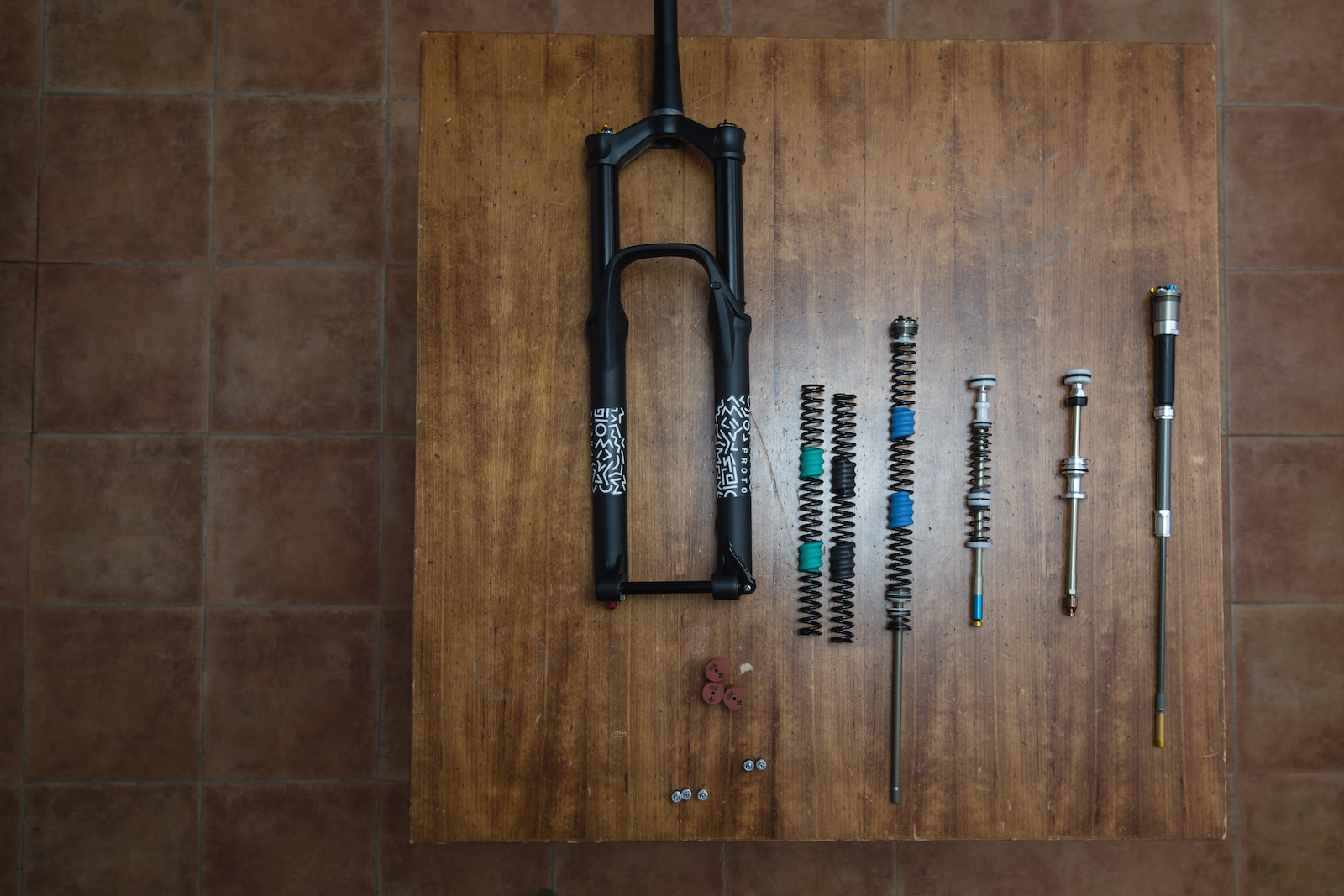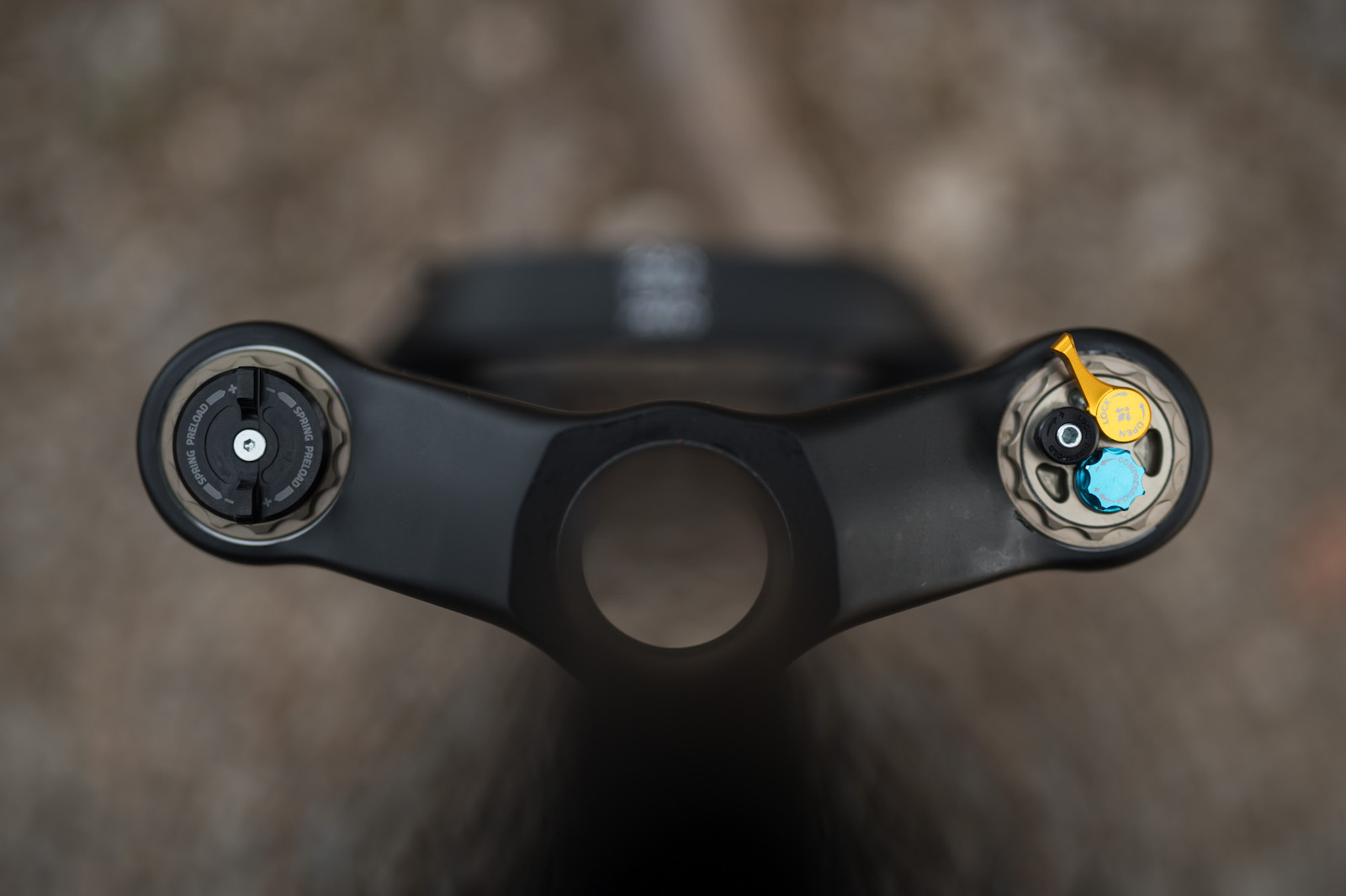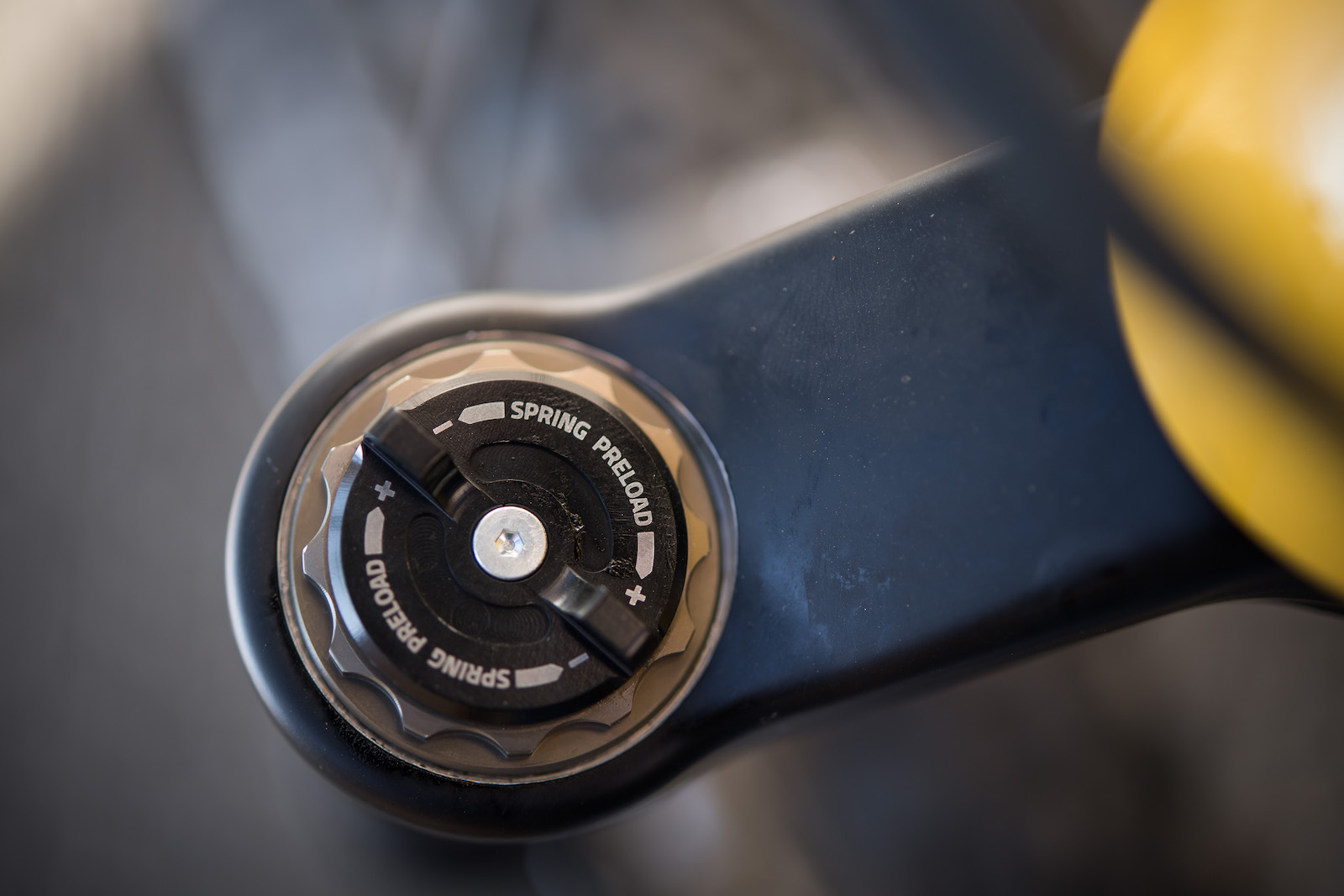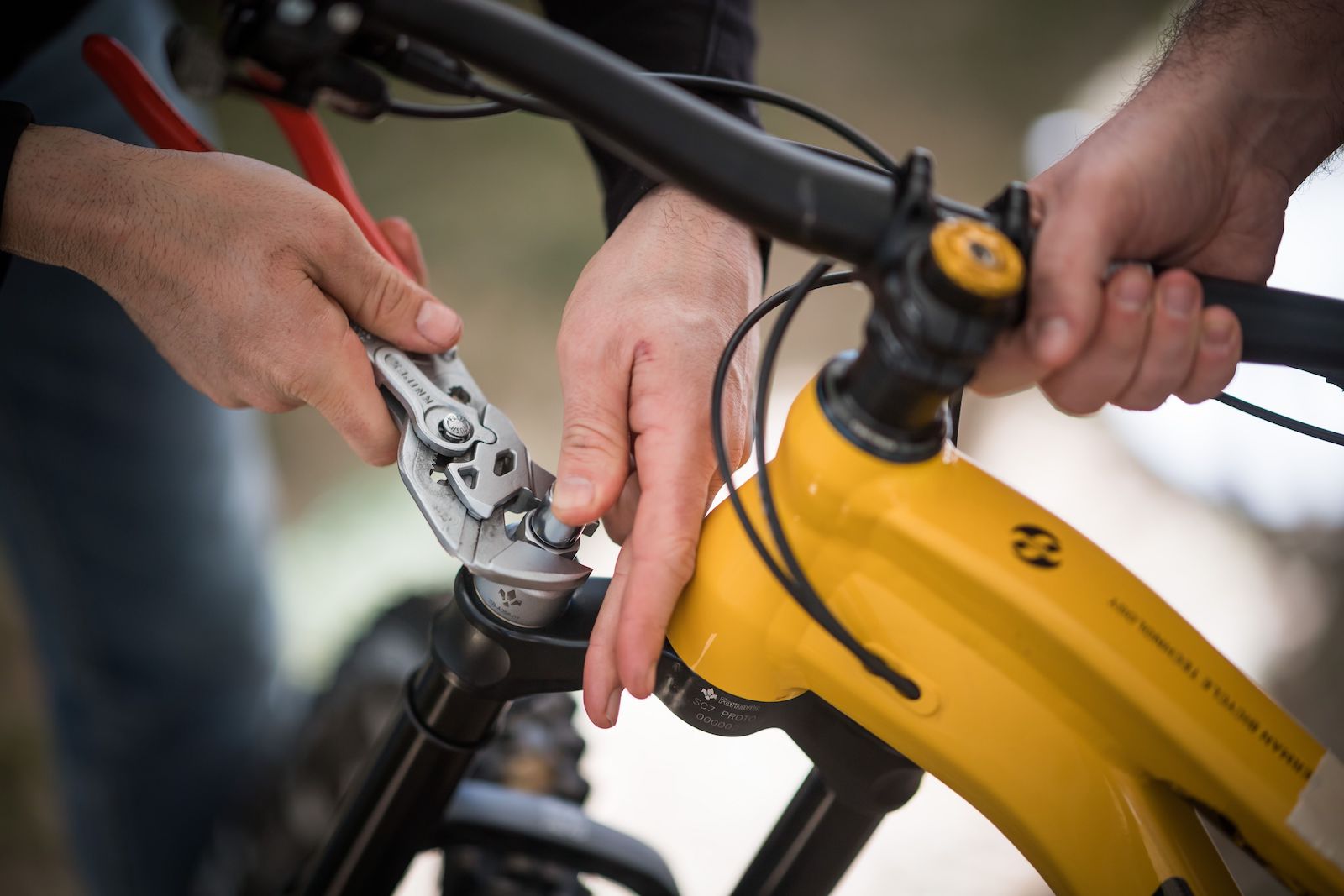[First Ride] Prototype Formula Selva Coil
We do not know if it will be called Selva Coil or if its final name will be something totally different, but what we now know is that Formula has decided to answer the demands of many by creating a prototype of Selva with a coil spring. The Prato based brand made this prototype available to the Mountain Bike Connection Winter where we previewed it on the Massa Marittima trails.
The spring version will be added to the Selva range to create a complete range of options. The spring system is compatible and backwards compatible with all Selvas, so for those who already have an Formula fork, it will not be necessary to buy a new fork; it would be sufficient to replace the air cartridge with the spring system.
Formula firmly believes in the absolute compatibility of all the parts that make up their forks, as explained in the video by Vittorio Platania, the company’s marketing and communications manager, so every single component is designed to be mounted on any model and version of Selva . The same stanchions and lowers, therefore, the same hydraulic cartridge, equipped with the CTS system (through which the hydraulic behavior of the fork is managed), the same crowns and the same accessories, are built into the fork.
For the same criterion, it is also possible to return to the air cartridge after having assembled the spring or to subsequently pass to the air cartridge if the future spring version of the Selva is purchased. Normally, if a spring has been used inside a stanchion, it is no longer possible to switch to the air cartridge as the spring tends to scratch the stanchions inner surface, compromising the seal. The total compatibility of the Selva also allows the cartridge to be moved from one side to another, thus using the left side for the hydraulic cartridge and the right side, undamaged, to place the air cartridge.
The range of springs available for Selva will be divided into three different options, each with a specific color for a given weight range. For my weight of 68kg the Formula technicians have installed the green spring, the softest, which is suitable for riders up to about 70kg in weight. The standard equipment should include a blue spring, which is the one indicated as intermediate, but it is not yet established if it will be possible to directly choose the spring indicated for your weight when ordering or if it will be necessary to buy the suitable spring separately. This is information we will have at the official presentation of the final version, which will take place in a few months, at a date still to be decided.
On the crown of the fork, in we find the spring tension preload knob. The knob is convenient to operate and is equipped with laser-printed lettering and arrows that indicate the direction in which to turn to increase or decrease preload. As always in the case of spring suspensions, the best performance is obtained by choosing the correct spring for your weight, taking into account your riding style in case your weight lands between two springs. Ideally you use very little preload, so as to maintain proper rebound characteristics and an ideal fork sensitivity.
During the test the Formula technicians made available both the standard green spring and the green spring in a “superlight” version that should be the one that will be definitively mounted on the standard forks. The difference obviously lies in the weight of the spring but I also noticed a difference in behavior, with the superlight version slightly softer and more plush, which was later confirmed by Formula. As for the CTS, Formula recommends using softer valves with the spring compared to those normally used with the Selva air version. During the tests I tried the gold and desert colored valves, which correspond to the Special Soft and the Regular Soft respectively.
In fact, the different behavior of the spring requires a different tune regarding the hydraulic side. Since the spring is naturally more supportive in the central part of the travel than the air cartridge, a lighter compression damping allows you to fully appreciate the responsiveness of the coil. Specifically, the coil sprung Selva proved to be particularly supportive throughout the travel, preserving the excellent initial sensitivity typical of Selva S and Selva R. In particular, in the central part of the travel, immediately after the sag area, the spring-loaded Selva maintains excellent stability in steep sections and in the transfer of load under braking and thus requires a more advanced rider to adequately load the front wheel in the early parts of a corner.
Also the responsiveness of the fork is different compared to the air versions, with a more dynamic and faster response that compliments a more aggressive riding style. With regard to the choice of CTS, I was amazed at how the spring also influences the hydraulic part, requiring overall less hydraulic damping. Switching from firm valves to soft valves is certainly not an undervaluable aspect and in general the behavior of the spring combined with less hydraulic damping gives greater comfort at your hands, while remaining supportive and reactive as I’ve already described. To be precise, between desert and gold I preferred the first, which lowers damping at low and medium speeds compared to the second, better balancing the behavior of the spring.
Being a prototype, Formula did not provide us with official details regarding the weight and list price that the final product could have. What we can tell you is that the Coil Sprung Selva will be available to the public within the year 2019.
Still photo credits: Mountain Bike Connection Winter – Rupert Fowler
First action photo credits: Mountain Bike Connection Winter – Luigi Sestili
Second action photo credits: Mountain Bike Connection Winter – Rupert Fowler
The post [First Ride] Prototype Formula Selva Coil appeared first on MTB-MAG.COM.

